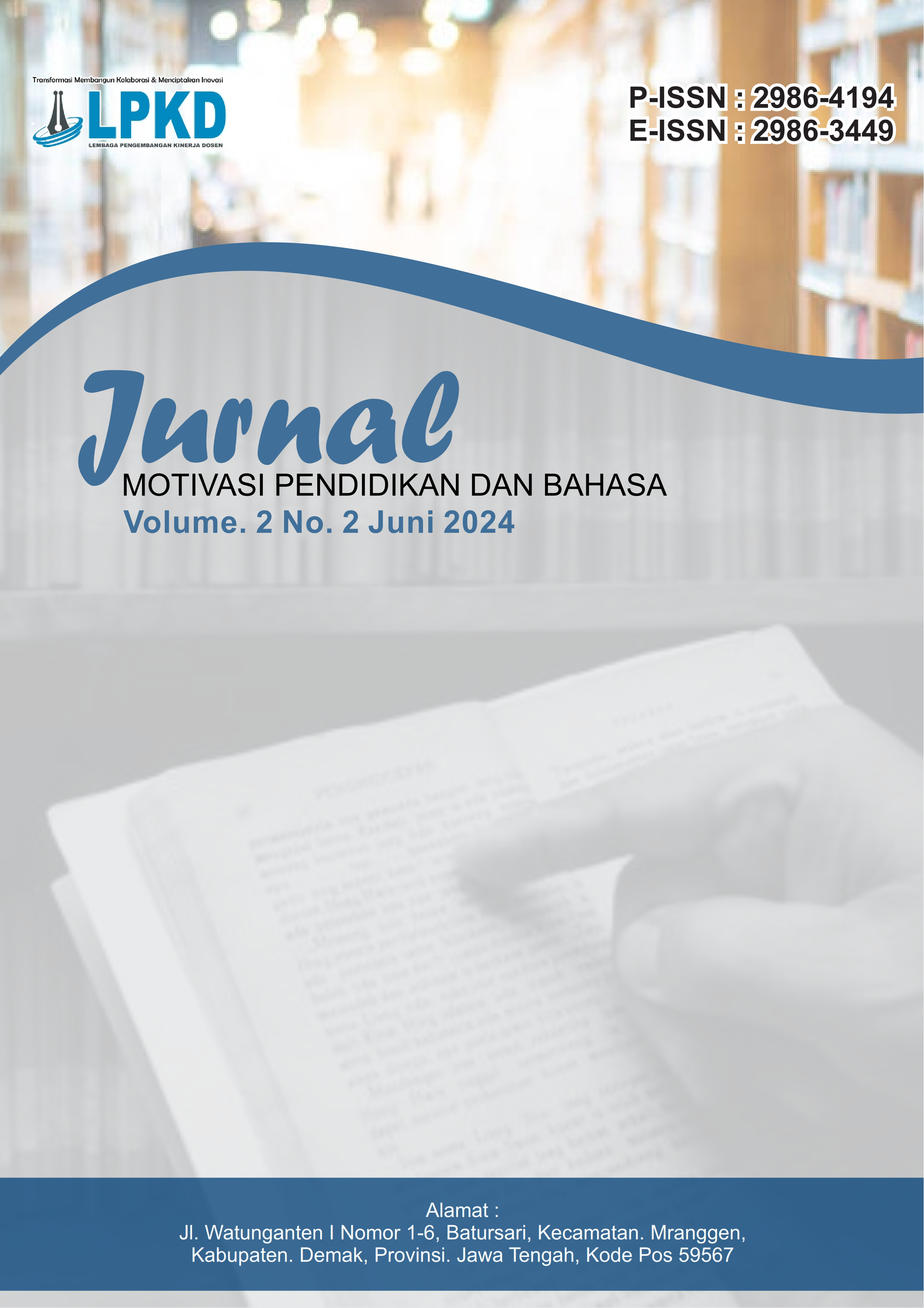The Complex Interplay of Segmental and Suprasegmental Features in English Phonology: An Advanced Study
DOI:
https://doi.org/10.59581/jmpb-widyakarya.v2i2.3439Keywords:
English phonology, segmental features, suprasegmental featuresAbstract
The study titled "The Complex Interplay of Segmental and Suprasegmental Features in English Phonology: An Advanced Study" delves into the intricate relationships between the segmental (phonemes) and suprasegmental (prosody) elements of English phonology. Utilizing a multifaceted methodological approach, including acoustic analysis, perception experiments, corpus studies, and computer simulations, the research reveals how stress, intonation, and rhythm systematically influence the acoustic properties of vowels and consonants. Acoustic data analysis indicates that stressed syllables have higher pitch, greater intensity, and distinct formant frequencies, enhancing their perceptual salience. Perception experiments demonstrate that listeners heavily rely on prosodic cues to interpret meaning and resolve ambiguities in speech. Corpus studies highlight significant regional and contextual variations in the use of suprasegmental features, underscoring the phonological diversity within English dialects. Computer simulations using autosegmental-metrical models provide a theoretical framework that supports the hierarchical nature of phonological representations, where suprasegmental features modulate segmental structures. Interviews with native speakers and experts emphasize the practical importance of integrating segmental and suprasegmental analyses for comprehensive linguistic understanding and effective communication.
References
Boersma, P., & Weenink, D. (2021). Praat: Doing Phonetics by Computer [Computer program]. Version 6.1.54. Retrieved from http://www.praat.org/
Cruttenden, A. (2014). Gimson's Pronunciation of English (8th ed.). Routledge.
Cutler, A. (2012). Native Listening: Language Experience and the Recognition of Spoken Words. MIT Press.
Goldsmith, J. A. (1990). Autosegmental and Metrical Phonology. Blackwell.
Ladd, D. R. (2008). Intonational Phonology (2nd ed.). Cambridge University Press.
Ladefoged, P., & Johnson, K. (2015). A Course in Phonetics (7th ed.). Cengage Learning.
Liberman, M., & Pierrehumbert, J. (1984). Intonational Invariance under Changes in Pitch Range and Length. In M. Aronoff & R. T. Oehrle (Eds.), Language Sound Structure (pp. 157-233). MIT Press.
Pierrehumbert, J. B. (1980). The Phonology and Phonetics of English Intonation (Doctoral dissertation). MIT.
Roach, P. (2009). English Phonetics and Phonology: A Practical Course (4th ed.). Cambridge University Press.
Wells, J. C. (2008). Accents of English (Vols. 1-3). Cambridge University Press.
Downloads
Published
How to Cite
Issue
Section
License
Copyright (c) 2024 Jurnal Motivasi Pendidikan dan Bahasa

This work is licensed under a Creative Commons Attribution-ShareAlike 4.0 International License.














